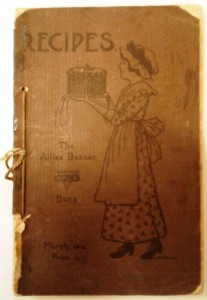With the temporary closure of the museum, our book group has turned its attention to books inspired by our Special Collections. Our Volunteer Coordinator Rob Davies reviews last month’s Rural Reads Plus choice, Iris Murdoch’s The Unicorn. Please join us on Thursday 27 November to discuss our next book, The Beetle by Richard Marsh. For more info, see our book group webpages.

Last month we read The Unicorn by Iris Murdoch; this was the first book we’ve read since the group became ‘Rural Reads plus…’ and we expanded our remit to include books inspired by the University’s Special Collections. The Unicorn was a perfect read to bridge both rural reads and books from the Special Collections, as it is set in the countryside, and it has added a whole new dimension to our reading.
The Unicorn tells the story of Marian, who takes the post of governess at Gaze Castle, which is in a remote rural area of the country. Marian finds herself wrapped in a labyrinth of mysteries and lies circulating around the lady of the house, Hannah, whom she believes is being kept prisoner by her estranged husband.
The book can be considered gothic; it is full of gothic tropes such as mystery, a remote house, a strange ethereal character and someone from the ‘outside’ world entering this strange reality. It is also about the spirituality which the character Hannah embodies in her irrational behaviour as well as the way the other characters think about her. Hannah becomes a canvas for everyone, a model for everyone to project their desires upon.
We had a very lively discussion about the book; some of us thoroughly enjoyed it and are now inspired to read more Iris Murdoch, where others didn’t like it so much. Some members of the group found that the characters grated on them; the character of Effingham caused a stir amongst the group and he was berated a fair amount. I personally enjoyed the entire book and was gripped all the way through. I think the subtle and vague approach to the major themes was clever.
We compared certain aspects of The Unicorn to Rebecca by Daphne De Maurier, a book the group read last year – in particular the remote countryside, which is a metaphor for the isolation and imprisonment for the inhabitants of both Gaze Castle and Manderly. The book as a whole has so many different influences, from Austen to Mervyn Peake’s Gormenghast.
Those who didn’t manage to finish the book decided to continue reading it, after listening to our conversation. I would recommend The Unicorn but I’m not sure if every member of our book group would! For the month of November we’re reading The Beetle by Richard Marsh.















